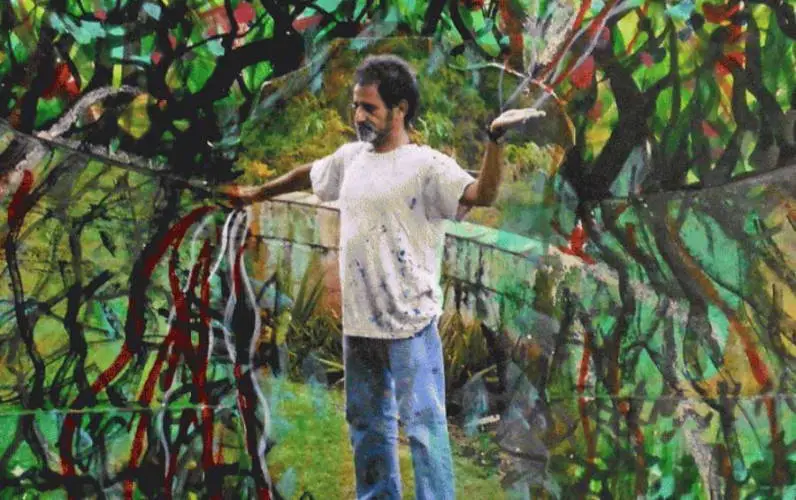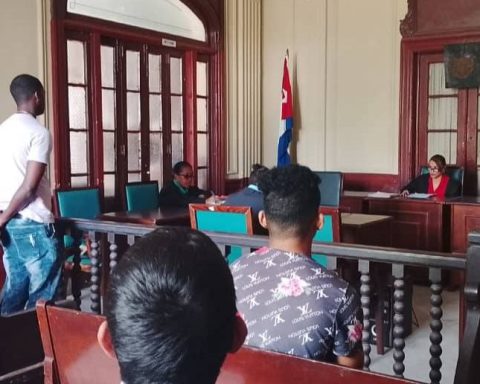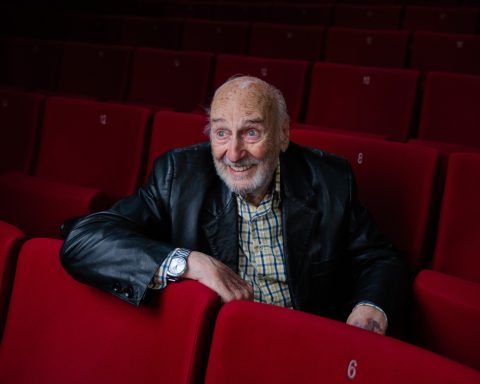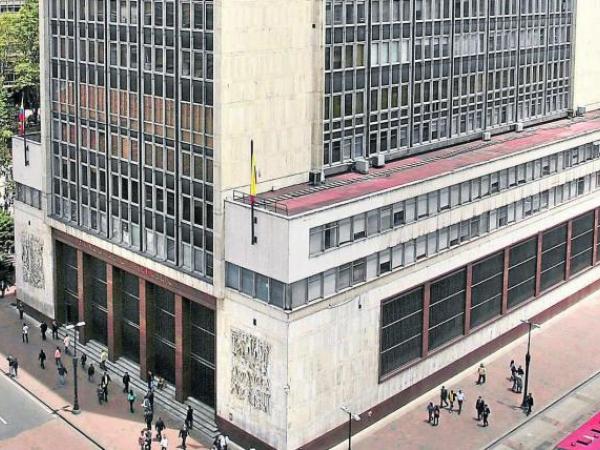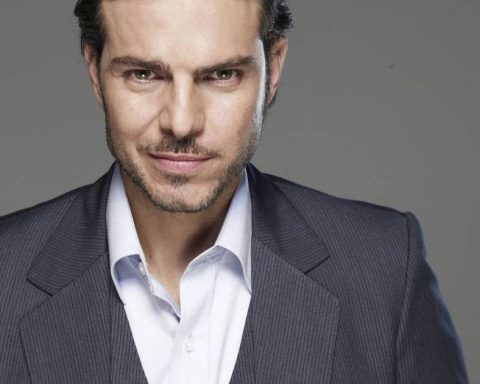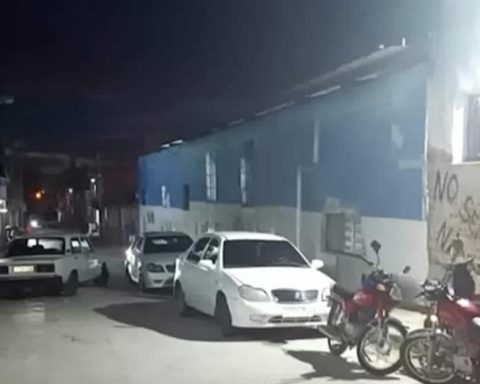Havana Cuba. — Artists are restless by nature, but for some it is simply not enough to look a little further than what the context or immediate knowledge offers them. Some need to explore and embrace what can contribute to as complete an aesthetic expression as possible.
In this select group of creators is Leandro Soto, who belonged to the first graduation of the Higher Institute of Art (ISA) and participated in that mythical exhibition entitled Volume I, which broke the limits imposed by cultural policy on Cuban aesthetic production.
Since the distant 1980s, and even long before, when he was a student at ISA, Leandro Soto was fascinated by the whole of performing arts and music, but also by Afro-Cuban spirituality and anthropological, ethnographic investigations. and political.
That young man born in Cienfuegos proved to be one of the most versatile creators of his generation. Painter, sculptor, installer, set designer, writer and teacher, he had an intense professional career marked by the ability to innovate and communicate the aesthetic fact through very different ways or supports.
His works are dynamic, attractive and evocative, especially those he did in Cuba, for that subtle way of appropriating everyday political situations and stripping them of all epic. Also those that were born from his travels around the world, thanks to the interaction with native cultures and the legacy of ancient civilizations.
His work “Kiko Constructor” is the only one included in the permanent contemporary art room of the National Museum of Fine Arts, despite the fact that the institution’s thesaurus preserves more than twenty pieces by the exceptional artist.
“Visual Chronicles” was his last exhibition in Cuba, in 2018: an account of his work since the late eighties, a selection of works that investigate realities apparently different from the Cuban one, but through the author’s integrating perspective , take on a mysterious semblance.
Leandro Soto, who would have turned 67 today, died in 2022 as a result of cancer. On his death, publicly lamented by friends and colleagues, the painter Tomás Sánchez expressed: “Cuban art loses one of its most genuine voices and an artist who will be essential to revisit to understand the artistic practices of the island in the 20th century. ”.
